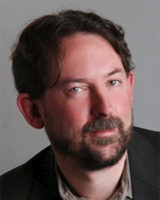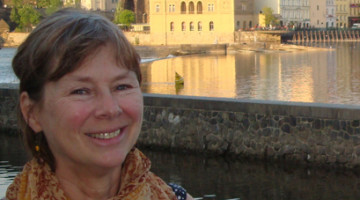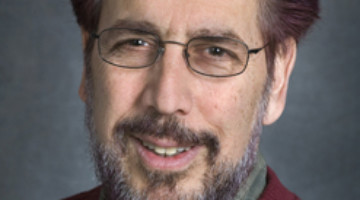I welcome all members of the ALS community back for a new year. We had a fine 2011 that included an excellent review by the Department of Energy as well as the launching of a number of new activities. We are starting 2012 with the promise of healthy funding for both user operations and machineRead More Read more »
Direct Kinetic Measurements of a Criegee Intermediate
“Criegee intermediates” are elusive molecules that play a pivotal role in atmospheric chemistry and are also byproducts of key combustion reactions. At the Chemical Dynamics Beamline, the reaction rates of one form of Criegee intermediate was directly measured for the first time, with some surprising results. Read more »![]()
![]()
November 30, 2011
Wednesday, November 30 @ 12 noon, in USB 15-253 Materials with their Memories for our MemoriesSabyasachi Sen, U.C. Davis; Beamline 12.2.2 Self-Assembly of Proton Conducting Block Copolymers for Solar Fuels ApplicationsYanika Schneider; U.C. Berkeley; Beamline 7.3.3 Seeking Enlightenment: A Next Generation Light Source at the Berkeley LabBobRead More Read more »
Peter Denes, Head, Photon Sciences Initiative
I joined the ALS family in 2007, filling the newly created position of ALS Division Deputy for Engineering. Because a large percentage of ALS staff are part of the Engineering Division, this position was created to establish shared management in the two divisions to ensure better integration and coordination between engineering and non-engineering ALS staff.Read More Read more »
Christoph Steier, Accelerator Operations and Development
The operational performance of the ALS has improved continuously after overcoming the challenges presented by the injector upgrade to enable top-off operations in 2007. In the last six months, reliability, mean-time-between-failures and mean-time-to-recovery have reached levels never before achieved at the ALS (see this month’s article “Twelve Superlative User Weeks at the ALS”). This includesRead More Read more »
September 28, 2011
Atoms Behind BarsAlfred Mueller, Giessen University; Beamline 10.0.1 Wavelength Specific Reflections: A New EUV Zoneplate Microscope at the ALSKen Goldberg, Center for X-Ray Optics; Beamline 11.3.2 Computers for Lenses: Computational Magnetic ImagingJosh Turner, LCLS/SLAC; Beamline 12.0.2.2 Read more »
Paul Adams, ALS Division Deputy for Biosciences
In my new role as ALS Division Deputy for Biosciences I am working with bioscience researchers at the ALS to develop an integrated strategic plan. Lab Director Paul Alivisatos, Physical Biosciences and Life Sciences Division Directors, and ALS leadership identified this activity as important for the future of Lab biosciences, and for making a caseRead More Read more »
Elizabeth Moxon, ALS Communications Group Leader
How do you explain how a synchrotron works to a fidgety five-year-old and her tired parents? Well, you turn her into an electron, hand her a ping-pong ball “photon” and send her careening around a synchrotron obstacle course that has been painted in brilliant colors on the ALS parking lot. After she “accelerates” down aRead More Read more »
Ben Feinberg, Interim Deputy Director for Science
Although officially retired, in May I agreed to help the ALS part-time in light of Bob Schoenlein’s new role helping to plan for a next generation light source at Berkeley Lab. As the ALS Interim Deputy Director for Science, I now have the opportunity to work with a different part of the ALS organization thanRead More Read more »
July 27, 2011
Stardust: The search for organicsHans Bechtle, Infrared Beamlines 1.4 and 5.4 What’s new about high-Tc?Ruihua He, Beamlines 10.0.1 and 8.0.1 Biology! Gerry McDermott, National Center for X-Ray Tomography Read more »
- « Previous Page
- 1
- …
- 11
- 12
- 13
- 14
- 15
- …
- 17
- Next Page »






